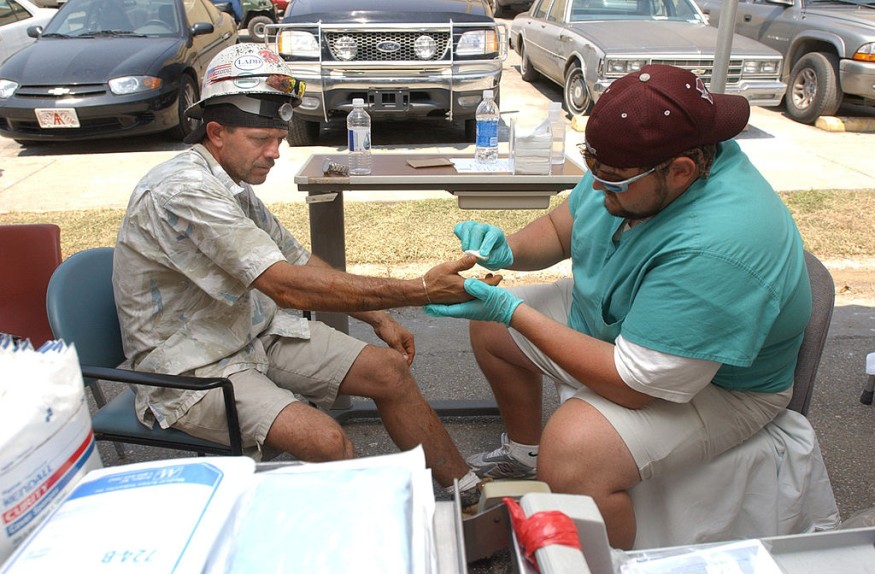
Experts said that the increasing global sea temperatures have made cases of vibrio vulnificus infections in the eastern United States more common than before.
The Centers for Disease Control and Prevention (CDC) already raised a health alert warning to the public in order to educate them about the risks of flesh-eating bacteria across the eastern coast of the US.
The health warning came after five individuals have died following due to the infection.
Warmer coastal sea surface temperatures
The CDC called on healthcare professionals to consider the vibrio vulnificus as the possible cause of infected wounds on people after they were exposed to coastal waters, particularly near the Gulf of Mexico or East Coast, as well as during periods with warmer coastal sea surface temperatures.
According to health experts, vibrio are bacteria that cause an estimated 80,000 illnesses each year in the US. They noted that about a dozen species of this type of bacteria are pathogenic to humans.
The CDC said that the vibrio parahaemolyticus causes the most infections in the United States, accounting for about 40 percent of reported cases of vibriosis, followed by vibrio alginolyticus, which accounts for about 20 percent.
Health experts explained that unlike other vibrio species, the vibrio vulnificus is primarily transmitted through open-wound contact and exposure with salt water or brackish water.
However, in approximately 10 percent of the cases, the said bacteria can also infect people if they eat raw or undercooked shellfish. So far, person-to-person transmission of the infection has not been reported.
Usually, the vibrio vulnificus bacteria thrive in warmer waters, especially during the summer months or from May to October, and in low-salt marine environments like estuaries.
Further, the extreme weather conditions, including hurricanes, floods and storms, can also push for coastal water inland and later increase the risk of infection.
Experts mentioned that in the US, the vibrio vulnificus infections have been commonly reported across the Gulf Coast states.
On the other hand, the vibrio vulnificus infections in the Eastern US have significantly increased eightfold from 1988-2018, and the northern geographic range of infections has increased 48 km per year.
Records have stated that from July to August 2023, the US has experienced an above-average sea surface temperatures as well as massive heat waves in most areas.
"During the same period, several East Coast states, including Connecticut, New York, and North Carolina, have reported severe and fatal V. vulnificus infections. Many of these infections were acquired after an open wound was exposed to coastal waters in those states," the CDC said.
The CDC added that some of the infections were associated with consumption of raw or undercooked seafood while others had unclear etiology.
Experts noted that those with underlying health conditions such as liver disease, diabetes, and immunocompromising conditions have higher risks when it comes to wound infections.
Read Also : Flesh-Eating Bacteria Vibrio Latches On to Microplastics, Causes Leaky Gut Syndrome in Marine Life
What to do
The CDC continues to monitor the effects of this vibrio vulnificus.
It advised that people who are at increased risk for vibrio vulnificus infection should exercise caution when engaging in coastal water activities. Experts said that having an immediate treatment is crucial to reduce mortality from severe vibrio vulnificus infection.
For the public, the CDC said they should take precautionary steps to ensure their safety against the bacteria. Some tips are as follows:
- Stay out of salt water and brackish water if you have an open wound or cut. If you get a cut while you are in the water, leave the water immediately.
- Cook raw oysters and other shellfish before eating.
- Always wash hands with soap and water after handling raw shellfish.
- Seek immediate medical attention for infected wounds.
Related Article : Florida Seaweed Update: Macroalgae Could Contains 'Flesh-Eating Bacteria' [New Report]
Related Video:
© 2025 NatureWorldNews.com All rights reserved. Do not reproduce without permission.





